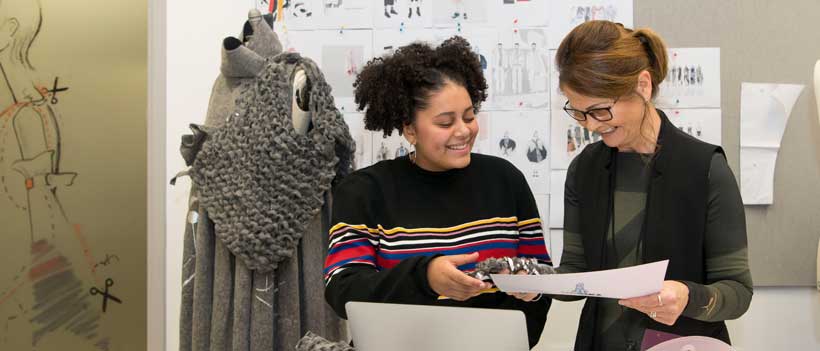
We offer places at Cardiff School of Art and Design based on an interview process. It’s not just about exam results - we want to know more about you as a person, and as an artist, designer or maker.
This helps us to ensure that both our innovative interdisciplinary curriculum and our diverse and creative community of students and staff is the right fit for you.
We’re looking for evidence of your
enthusiasm,
creativity and
curiosity, as well as your skills and potential as a creative and critical thinker, artist, designer or maker.
The interview process varies depending on which course you have applied for, but most involve a review of your portfolio of work and a conversation with the subject team. Some of our interviews are one-to-one, while others may involve group exercises. All of our interviews are informal - we want you to feel relaxed and able to be yourself.
We are currently holding our interviews online and will request an electronic portfolio to discuss with you as part of the interview. We will then also be holding applicant days in the Spring to give you the perfect opportunity to visit our campus, see our facilities and have a full taster of your chosen course.
See our Portfolio Tips section for information on how to create a basic electronic portfolio.